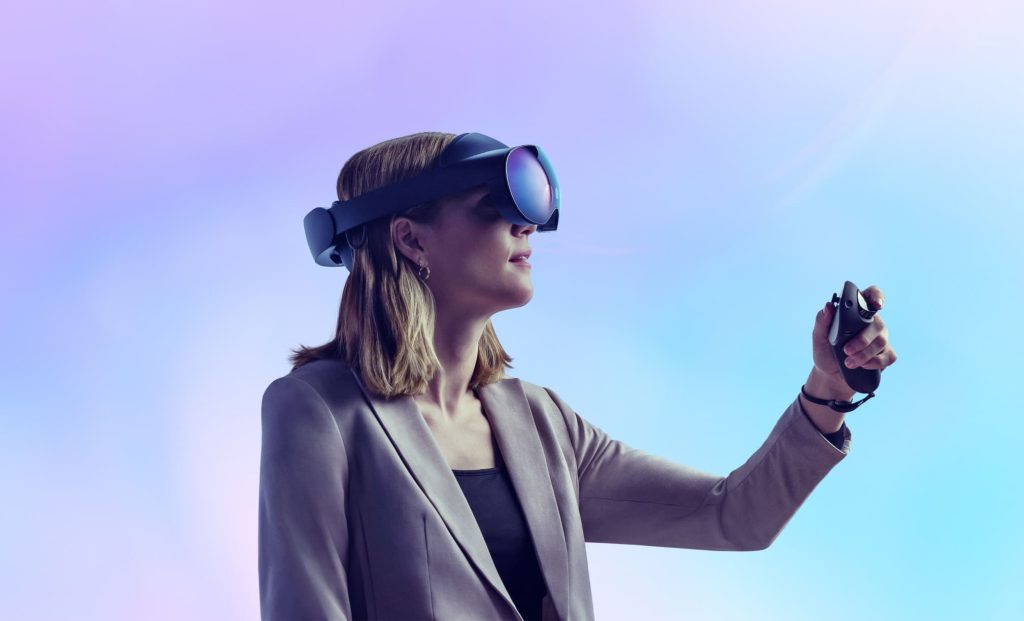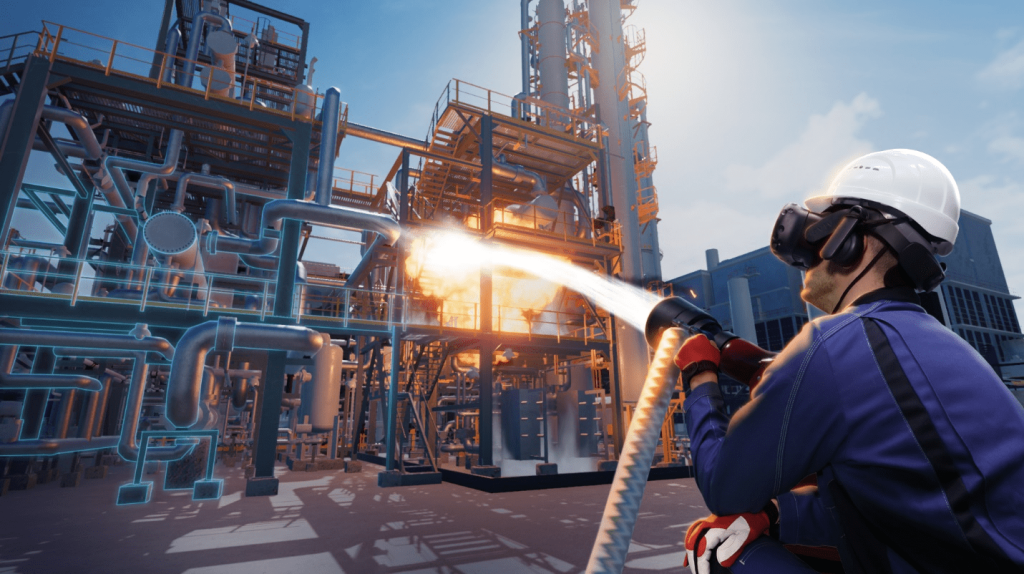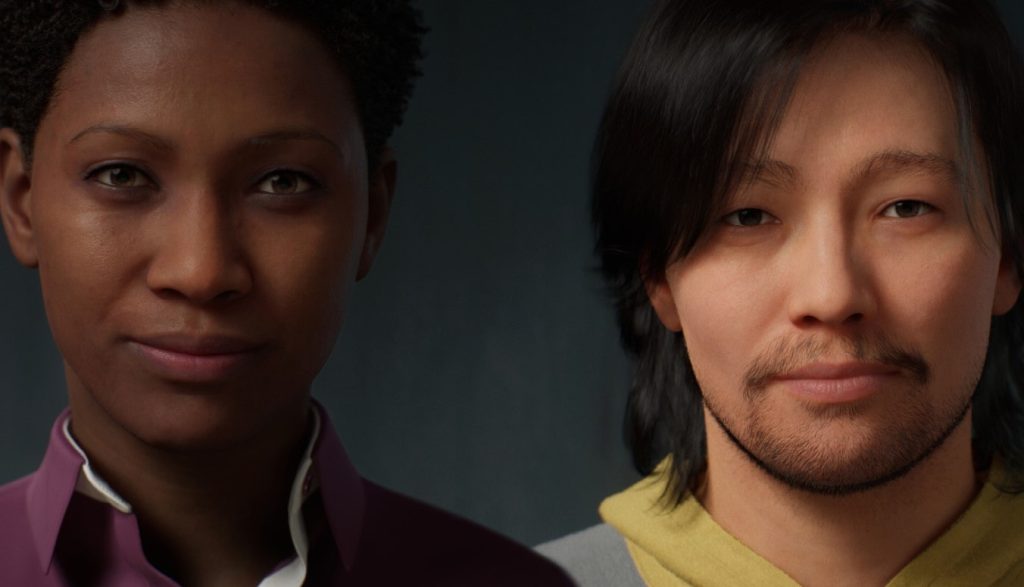
January 23, 2023
Hyperrealistic Virtual Reality – How Far Away Are We?
Virtual reality (VR) technology has come a long way in recent years, with advancements in graphics, haptic feedback, and motion tracking allowing for increasingly realistic experiences. One area of VR that has seen significant progress is hyperrealism – the use of highly detailed and accurate representations of real-world objects and environments. However, despite the progress that has been made, there are still a number of challenges to overcome. In this post, we’ll take a closer look at the current state of hyperrealism in VR, the challenges that remain, and how close we are to achieving true hyperrealism.
Hyperrealism in its essence
When speaking of VR, hyperreality refers to the experience of a simulated reality that is so realistic that it is indistinguishable from actual reality. This level of realism is achieved through the use of advanced technology, such as high-resolution displays and haptic feedback systems, that creates a sense of immersion and presence within the virtual environment. Hyperrealistic VR can be used for a wide range of applications, including gaming, training, therapy, and education. This topic immediately caught the attention of tech giants like Meta, but they admit they have a pretty long way to go until it becomes our reality. Let’s check out the obstacles.

Challenges to overcome
We can split the obstacles in the way of achieving hyperrealism in VR into two categories – technical and practical. We’ll start with technical.
- One of the main technical challenges is the need for high-resolution graphics. In order for a virtual environment to be truly realistic, it must be able to accurately represent the fine details and textures of the real world. This requires a significant amount of computational power and memory, as well as sophisticated algorithms for rendering and lighting.
- The other big challenge is the need for accurate and responsive haptic feedback. For the virtual environment within a VR experience to be truly realistic, it must allow the user to physically interact with objects. This requires development of advanced haptic technologies, such as force feedback and tactile feedback, as well as the ability to accurately track the user’s movements and actions in the virtual environment.

Now let’s look at the practical challenges.
- Probably the biggest one is the cost of creating and maintaining highly detailed and accurate virtual environments. This requires significant investment in both hardware and software, as well as a team of skilled engineers and designers. And keep in mind that their job doesn’t end with creating the environment – they have to keep it bug-free and polished at all times. As you can see, building such a project is a serious investment.
- Finally, there is the issue of data collection – creating hyperrealistic virtual environments requires a huge amount of data to be collected and processed, which can be time-consuming and expensive.
Slowly but steadily advancing
Despite these challenges, a number of recent advancements in VR technology have brought us closer to achieving hyperrealism. For example, use of real-time ray tracing, a technique for rendering highly detailed and accurate images, is becoming more common in VR. This allows for more realistic lighting and shadows, as well as more detailed and accurate reflections and refractions. In fact, Unreal Engine, which is a base to a lot of applications and VR experiences, is now pointing out real-time ray tracing as its feature.

Another promising development is using photorealistic scanning and 3D modeling techniques to create virtual environments. This allows for creation of highly detailed and accurate representations of real-world objects and environments that are later used in VR.
Another thing worth mentioning is Meta – a company that at this moment is investing a lot of resources into creating hardware powerful enough to enable such highly detailed environments. With some prototypes in the testing phase already, who knows? Perhaps it will be Meta that starts the revolution in the way we perceive VR.
Progress worth mentioning
While we have already made significant progress in VR hyperrealism, we still have to overcome the above challenges before we can achieve the real deal. However, recent advancements in VR technology, such as real-time ray tracing and photorealistic scanning and 3D modeling, have brought us closer to achieving hyperrealism in VR. Regarding operator training in the oil and gas industry, we are impatiently waiting for this upgrade as we know that it will provide even greater experience and better results. The potential of VR is limitless; add in hyperrealism and we can say with confidence that it will change the way we interact with the digital world.


